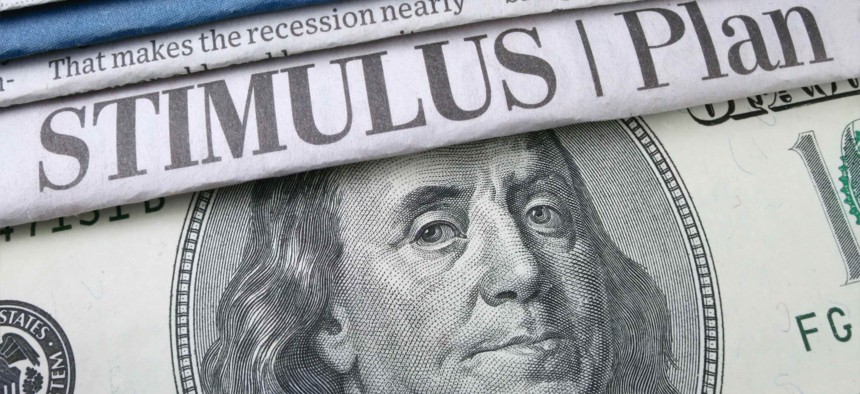Analysis: How Governments Can Effectively Spend American Rescue Plan Funds

iStock.com/LilliDay
If they spend wisely, states and localities can put their budgets and economies in a better position—now and in the future, according to The Pew Charitable Trusts.
The American Rescue Plan Act is expected to provide $195 billion in flexible funding to states as well as $130 billion to local governments, which may cause a challenge to keep spending levels once the relief expires in 2024. The Pew Charitable Trusts suggests ways governments can effectively use federal funds.
The organization advises governments to take lessons learned from the Great Recession to inform strategic decisions for allocating stimulus dollars from the federal government. Its research draws on the problems states faced in 2009, when states had problems sustaining programs created with money from the American Reinvestment and Recovery Act under President Obama.
Many cities will face issues, too, because they are receiving such large sums of aid. For instance, Dayton, Ohio, with about 140,000 residents and a general fund of about $180 million, will receive around $147 million in direct federal aid, according to estimates compiled by the National League of Cities.
The federal stimulus package also contains $10 billion for states to boost the capital available to new businesses, which is another opportunity to improve the economy.
Pew says states should conduct analyses of what their budgets will look like after the federal funds expire to avoid the “fiscal cliff” they faced after getting stimulus money under the Obama administration. States also should take into account multiple factors, including lingering effects of the pandemic, according to the organization.
There are issues exacerbated by the pandemic like extreme demographic changes and the loss of tax dollars that states will have to consider in their budget forecasts. The commentary highlights Hawaii and Nevada as states that may want to consider the heavy losses of tourism dollars and the potential of regaining those funds once the pandemic subsides.
Some challenges governments will come across are how to balance using funds for continuing costs like hiring state employees and one-time expenses such as infrastructure projects and essential worker benefits, the commentary says. However, states can use funds from the act to reduce long-term costs.
Using the money to reduce the backlog of needed infrastructure maintenance, including expanding access to broadband for residents, could also offer long-term budget relief, according to Pew. It also advised that states use the stimulus funds to pay unemployment claims, which are usually paid from taxes on employers with interests.
“By acting responsibly now while maintaining a long-term perspective, states can ensure that future crises and challenges—whenever they occur and whatever their causes—will be markedly less painful,” writes Josh Goodman, a senior officer at The Pew Charitable Trusts.
While Pew advises against using the money to start new programs, it says “if ongoing spending is below what a state is likely to be able to sustain, then using some of the federal dollars for ongoing expenses is a reasonable choice.”
The Treasury Department is providing guidance that will better inform states and localities of how they can use the relief money.
To read more on the Pew analysis click here.
Brent Woodies is an associate editor at Route Fifty.
NEXT STORY: A Dangerous Fire Season Looms as the Drought-stricken Western US Heads for a Water Crisis





